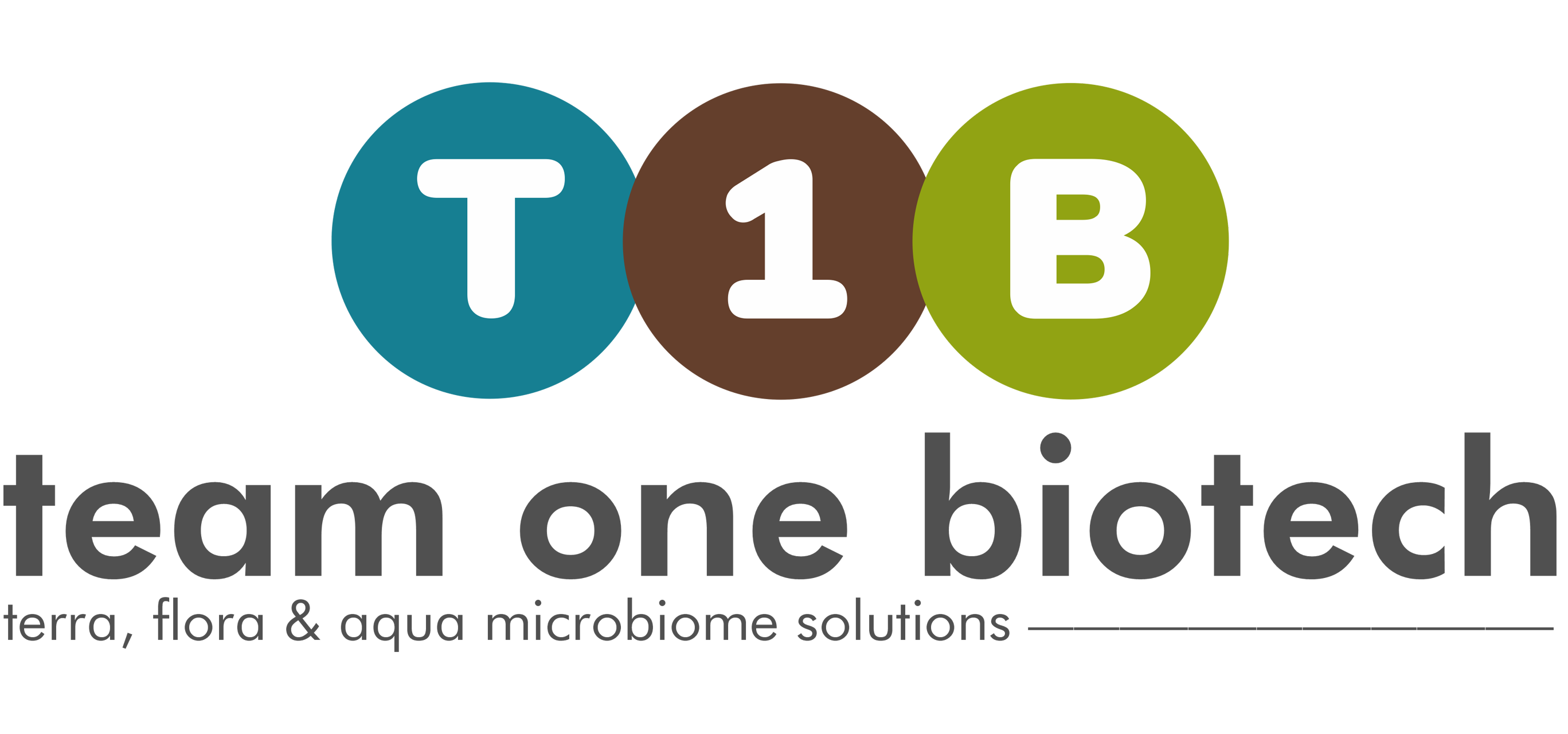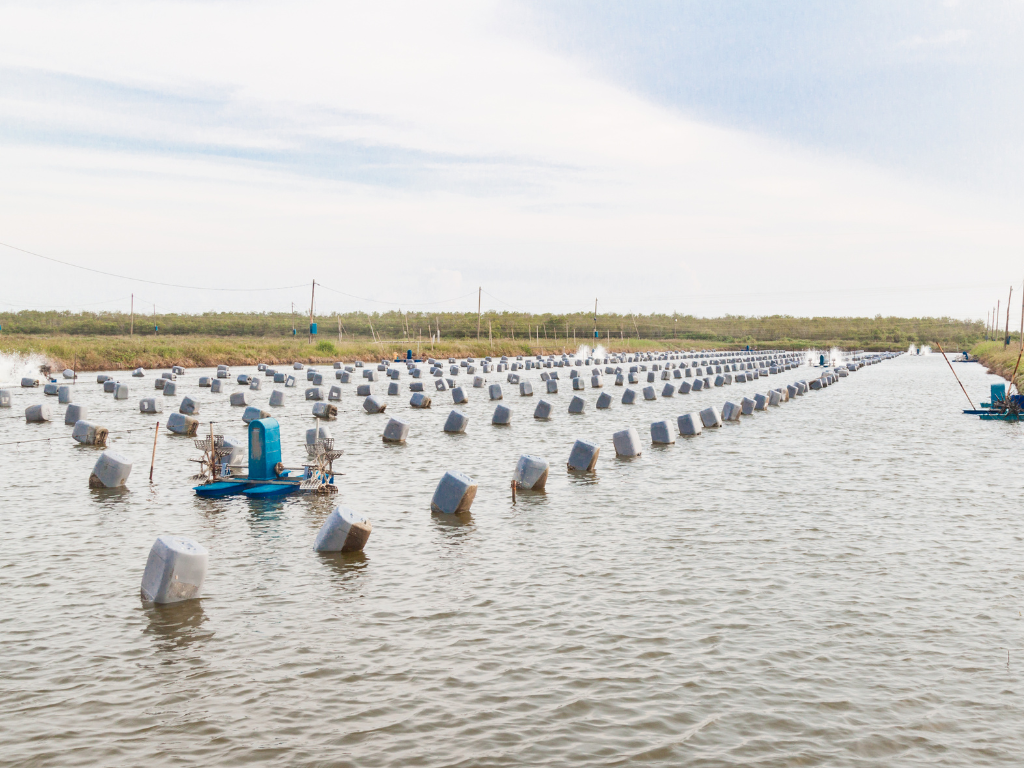Challenges faced by todays aquaculture industry
Aquaculture is the farming and husbandry of the aquatic organism under controlled or semi-controlled conditions. Aquaculture is the tool to fill in the gap of the seafood supply. Not only is aquaculture necessary, but it is also a sustainable option for consumers, especially in comparison to other farmed proteins. Seafood is highly resource efficient. It has the highest protein retention as compared to chicken, pork or beef. Actually, it also has the lowest feed conversion ratio among the same forms of protein. Aquaculture has lower greenhouse gas emissions than other types of farming. Having listed all the benefits of aquaculture, like any other industry, the aquaculture industry also faces several challenges and hurdles due to the rampant usage of natural resources and abuse of the environment.
Environmental concerns: Intensive stocking and various aquaculture operations have negative environmental impacts, like discharging waste and chemicals into waterways without proper treatment leading to eutrophication and other forms of pollution. It is extremely important to have proper treatment of the water after the harvest and before discharging the water.
Disease outbreaks: Most aquatic animals like shrimps or prawns are susceptible to various diseases, and when grown in high stocking densities. It becomes easier for disease to spread very quickly to the neighbouring farms. Such outbreaks are very common and can lead to substantial economic losses and also affect the industry’s sustainability.
Feed sustainability: There is a high growing demand for fish feed and industries need to find alternative sources of feed, such as using plant-based diets or a cheaper but healthier fish feed without harming the environment.
Governance and regulations: Governance and regulations are the biggest challenges in today’s aquaculture industry. Since most of the farms are located in the interiors and very close to the sea or a bay, it becomes s very difficult to have proper control over their discharge. This is extremely important for the sustainable development of the aquaculture industry. Lack of implementation can lead to environmental damage, disease outbreaks, and social conflicts.
Market demand and competition: The aquaculture industry is susceptible to price volatility and uncertain demand due to market trends and competition.
Technological limitations: Though there have been various improvements in the aquaculture technologies like RAS and Biofloc farming there is still a dearth of technological advancements to further improve efficiency, reduce costs, and increase production in a sustainable way. The majority of the farmers are still using age-old techniques to farm fish and other aquatic products.

